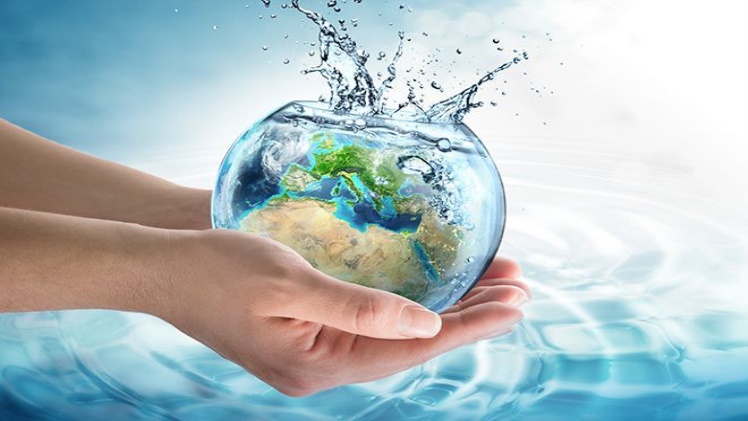Water conservation refers to the protection, regulation, and development of both surface and groundwater resources, as well as pollution prevention. We can contribute to water conservation by safeguarding the water from contamination. Water redistribution can help with water conservation. Consider how to utilise groundwater wisely. Its strategy can improve water conservation by replenishing traditional water resources, especially in countries like India.
Water conservation refers to all policies, methods, and activities aimed at managing freshwater resources sustainably, protecting the hydrosphere, and meeting present and future human demand. The amount of water consumed is influenced by population, household size and growth, and prosperity. Conservation of water decreases the wear and strain on significant resources like water and wastewater treatment plants, as well as the distribution networks that distribute water to the general population.
Water Conservation Strategies
Water conservation is vital because it ensures that water remains pure and clean while also safeguarding the environment. Conserving water entails being careful with our water supply and utilising it properly. Keeping our water supply secure and pure will ensure that future generations will have access to clean water. Techniques differ based on the requirements and strengths of each country, but they generally include one or more of three methods: desalination, water conservation, and water recycling. Water conservation is defined as saving water by utilising it carefully, sensibly, and without wasting it. Water conservation is critical since the amount of potable water on the planet is limited, and there is a scarcity. Reducing our water use lowers the amount of energy necessary to treat and carry it to homes, companies, farms, and communities, reducing pollution and conserving fuel resources. It provides access to water for leisure reasons. Natural water bodies and their aquatic habitats are protected by water conservation methods. These goals concern the volume and quality of water that must remain in rivers in order to protect a natural water body and its aquatic habitat.
Rain Water Harvesting
Rainwater harvesting is the process of collecting and storing rainwater for on-site reuse rather than letting it flow off. Stopping the drop of groundwater levels, stopping seawater entrance, preventing seawater from flowing landward, and conserving surface water run-off during the rainy season are all critical. Surface runoff harvesting and rooftop rainwater harvesting are the two methods for collecting rainwater. The primary goal of a water collecting system is to aid with groundwater recharge. Rain is the source of the water that flows into the pond behind the harvesting apparatus. Techniques for collecting water water from a ‘catchment area’ are collected and channelled to the cropping field or wherever it is needed. By limiting run-off and conserving water where it falls as much as possible, conservation strategies save water within the biomass and soil. Individuals may practise a few simple water conservation techniques to prevent water waste. Water conservation decreases the wear and strain on significant resources like water and wastewater treatment plants, as well as the distribution networks that distribute water to the general population. Using less water allows us to be more adaptable during times of water scarcity.

